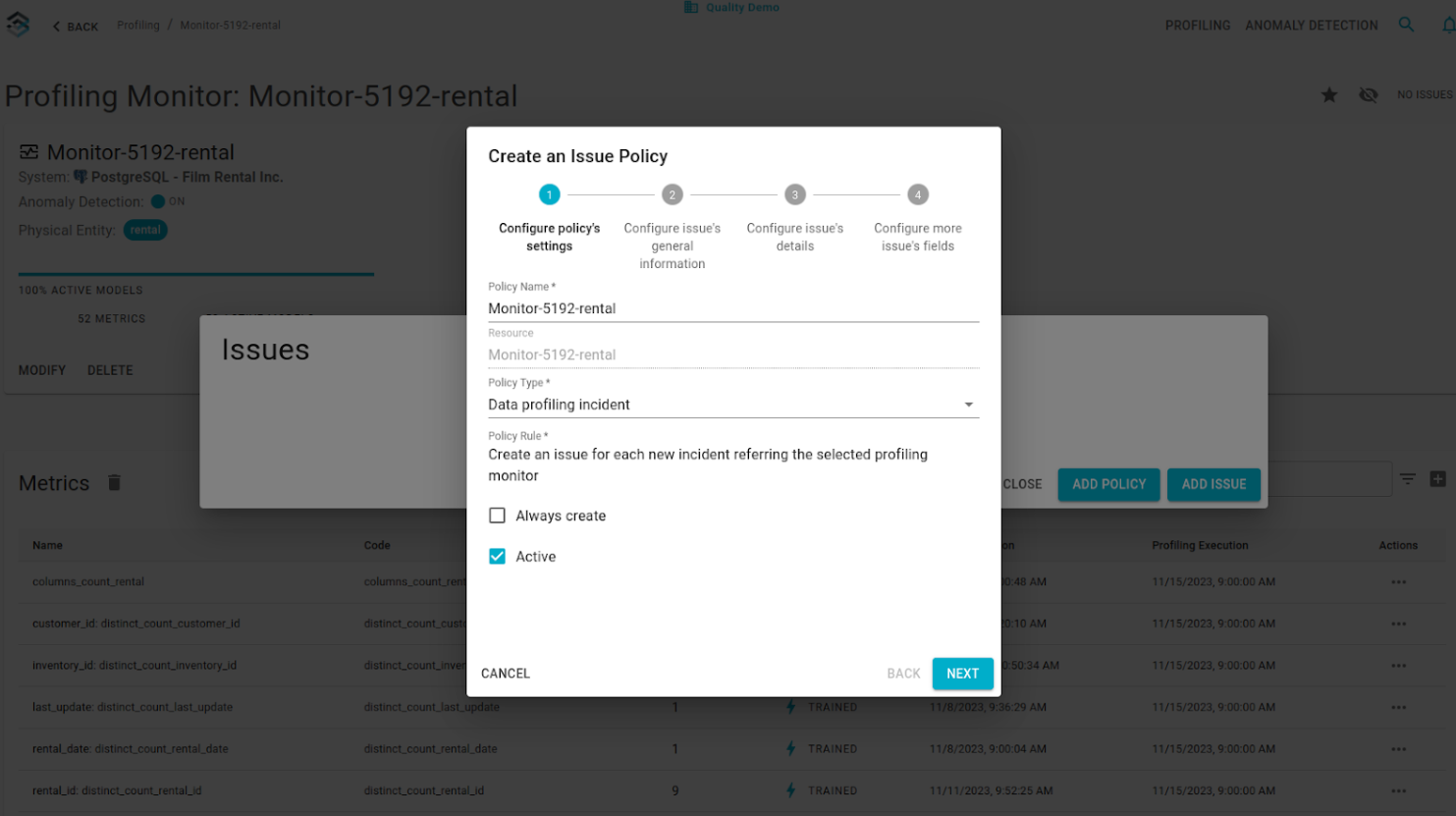Issue Management Integration
Classify Incidents and Anomalies
Users have the capability to classify both incidents and anomalies, contributing to the enhancement of underlying machine learning models. The classification options provide a nuanced approach to categorizing system behavior.
Classification System
| Classification | Description |
|---|---|
| Unclassified | No specific classification has been assigned to the incident or anomaly. Further evaluation is required. |
| Acknowledged | The user has recognized the existence of the incident or anomaly. This is used when acknowledging without resolution. |
| False Positive | The system initially flagged the incident or anomaly, but it is deemed to be a false alert upon user inspection. |
| Anomaly | The incident or anomaly is genuine and requires attention. Crucial for training machine learning models. |
These classification options empower users to actively contribute to the system’s learning process, ensuring that the machine learning models evolve to better adapt to the unique characteristics of the monitored data.
How to Create an Issue After an Incident
Blindata provides users with distinct alerting mechanisms tailored to their preferences and integration requirements. Blindata offers versatile alerting options, ensuring users can choose the method that best aligns with their workflow and incident management preferences.
Watching a Profile Monitor
Users can opt for a straightforward notification approach by utilizing the “Watch” button within the Profiling Monitor of interest. This enables users to receive alerts directly within the application and via email, allowing for real-time monitoring and quick response to anomalies.
Notifications are delivered as soon as the incident is created and are managed according to individual preferences.
Issue and Issue Policies
For a more integrated solution, Blindata supports the implementation of issue policies. These policies seamlessly integrate with the issue management module, enabling users to assign issues to specific teams or individuals, track their progress, and ensure timely resolution.
Issue policy can be designed upfront and shared between a team. Notifications are sent upon the creation of an issue to the reporter and to the assignee, all these options can be configured in the issue policy for a specific profiling monitor as shown in figure.
